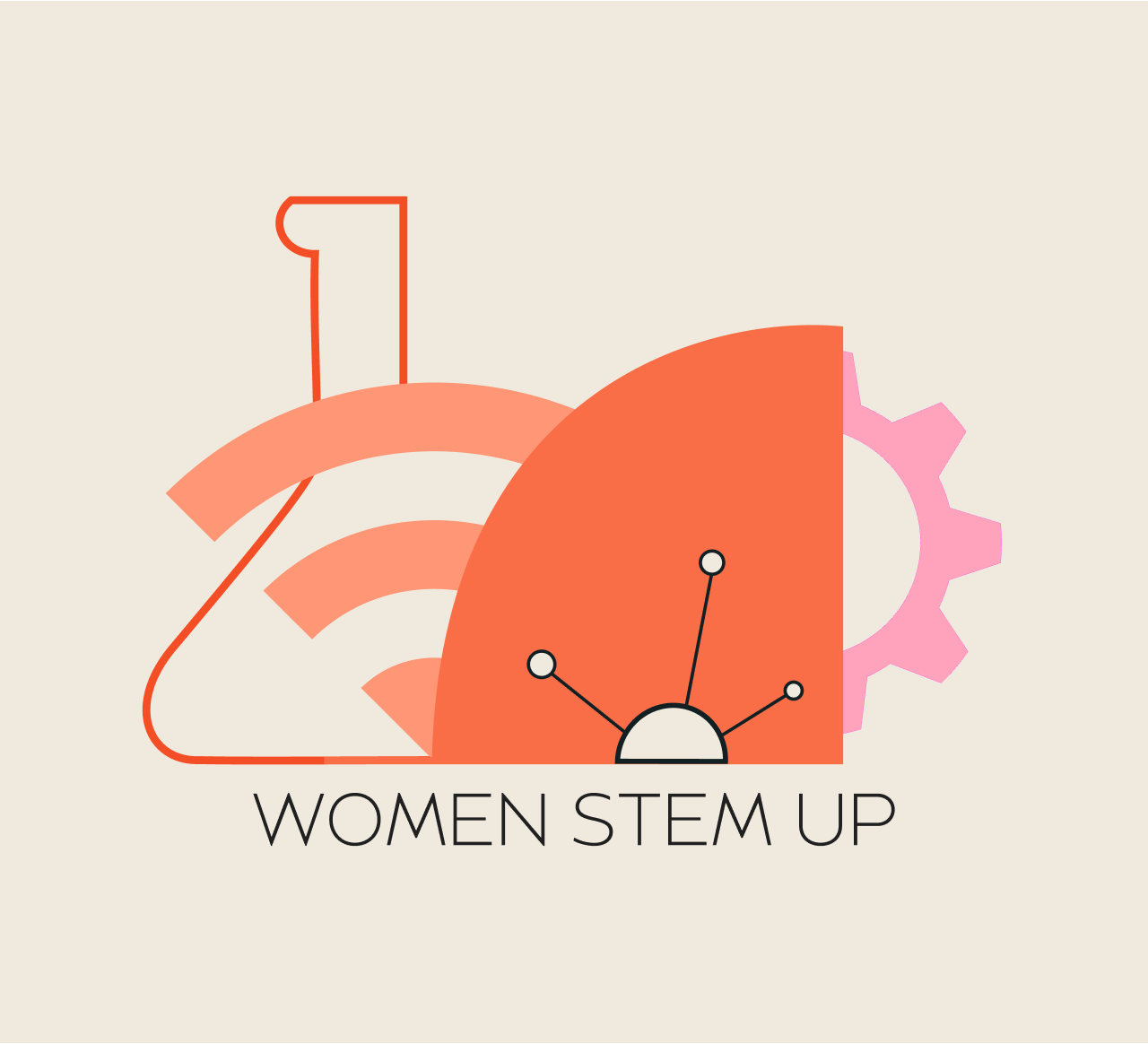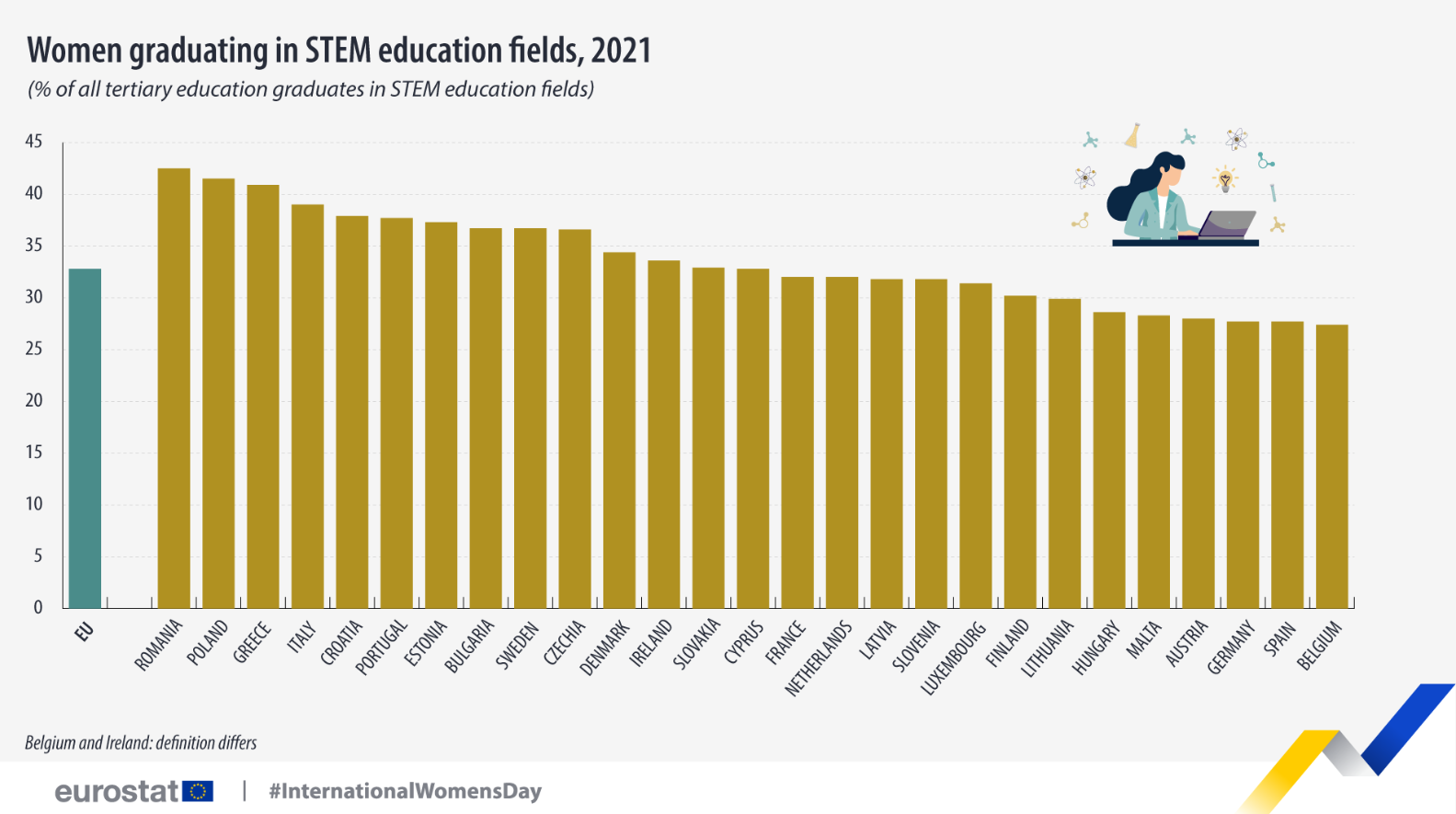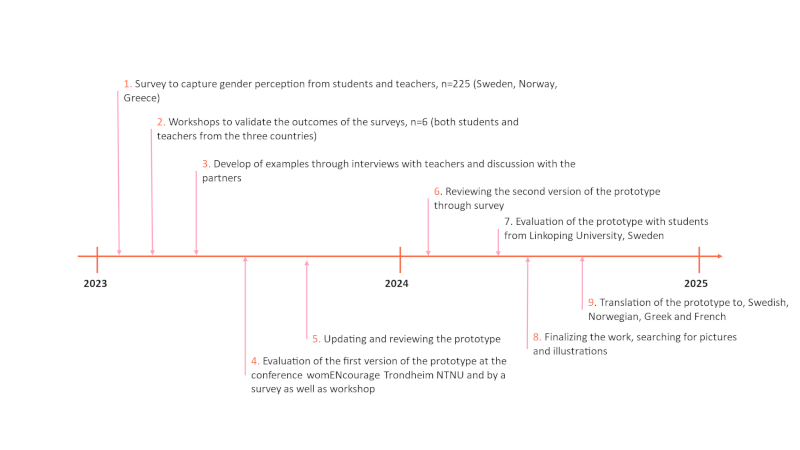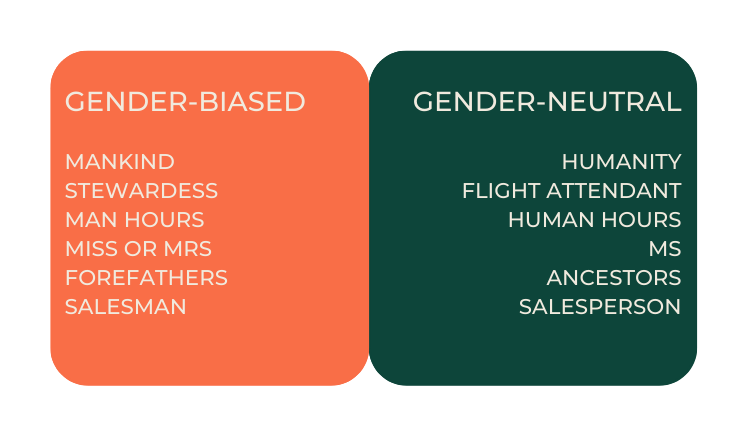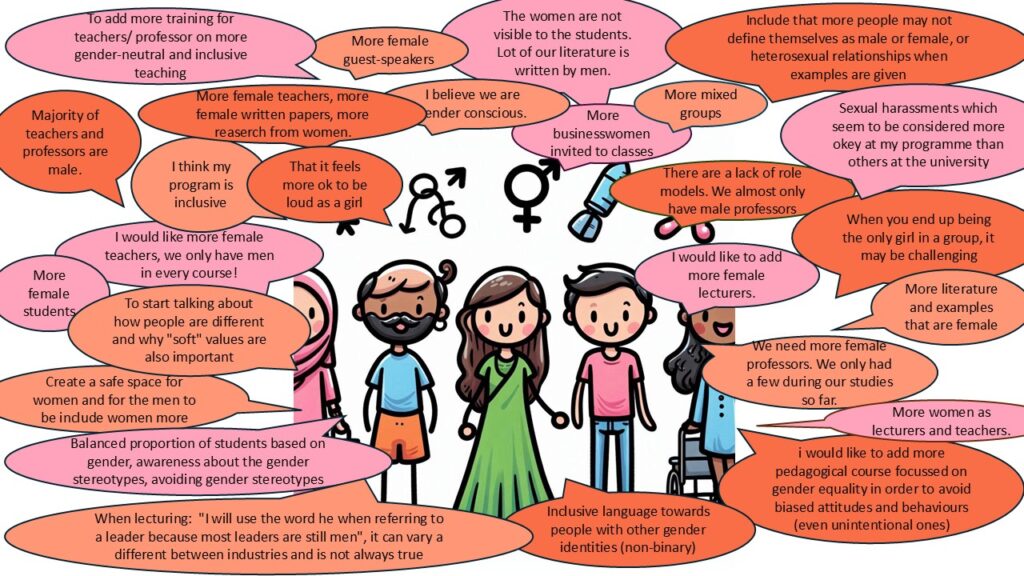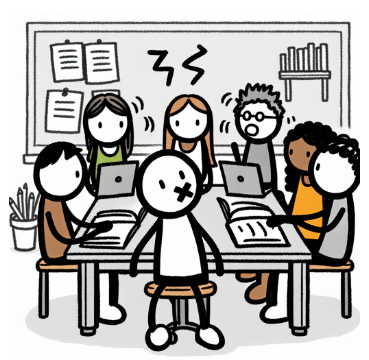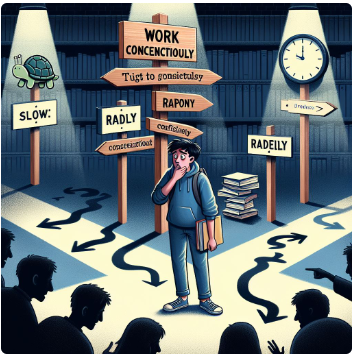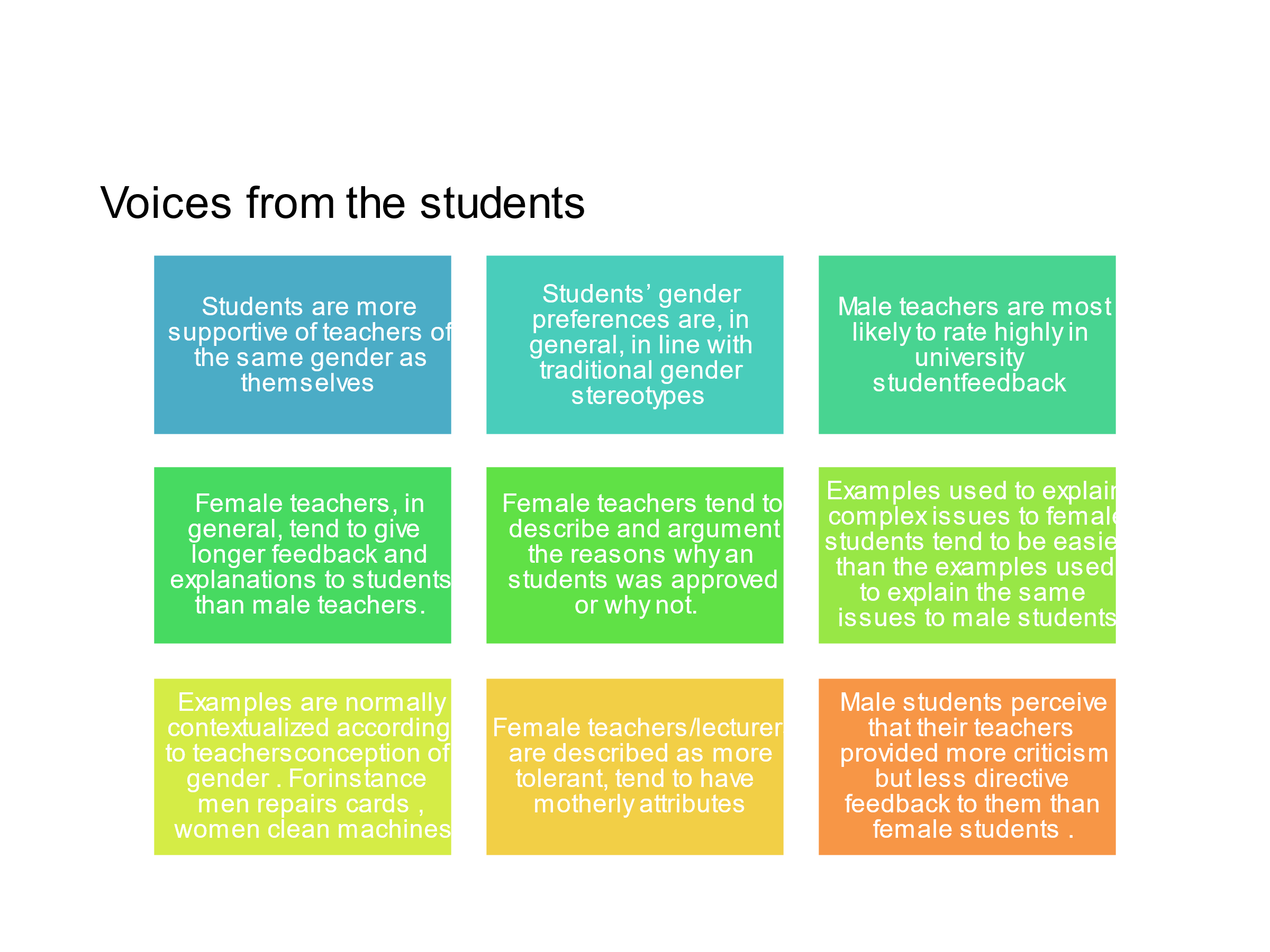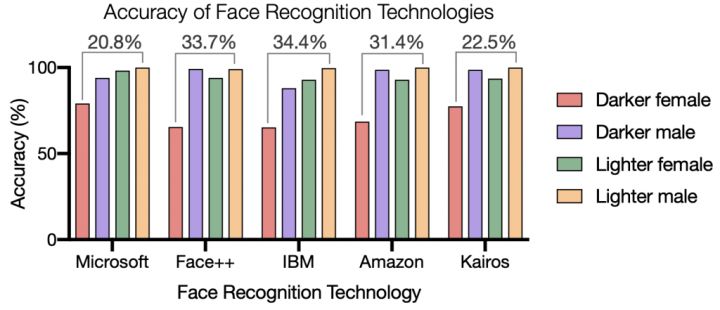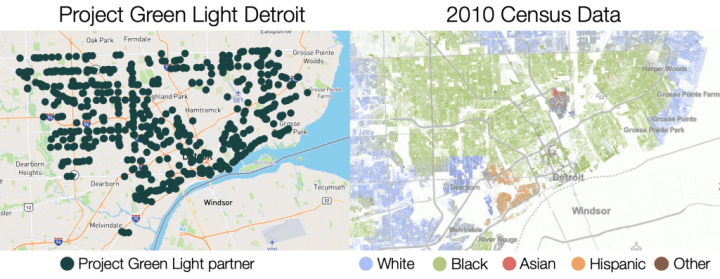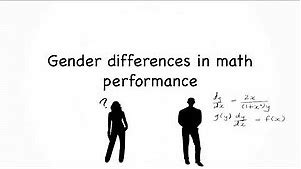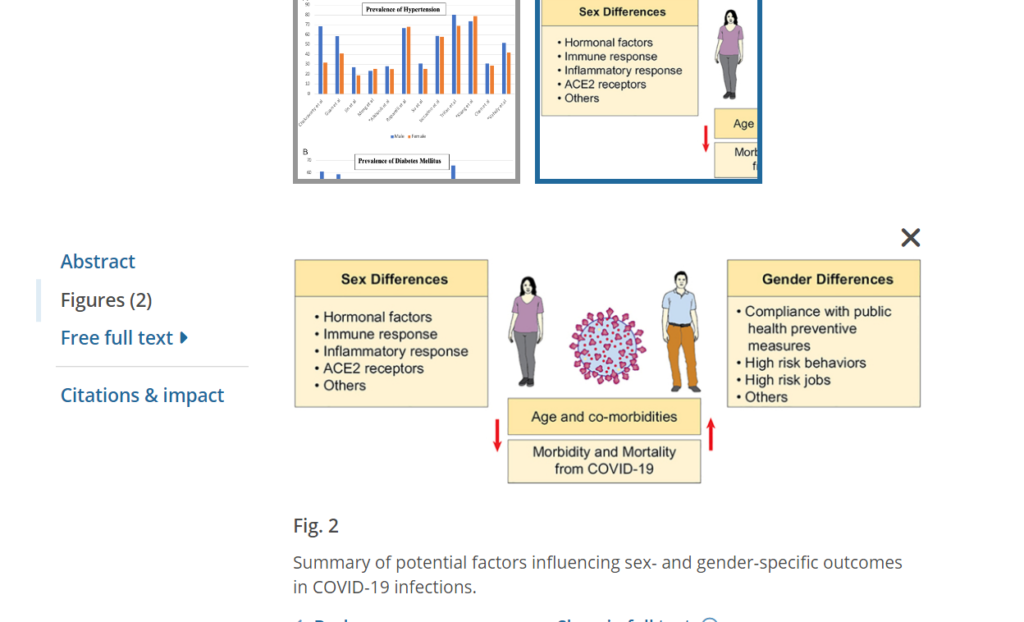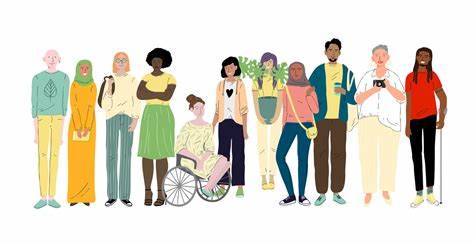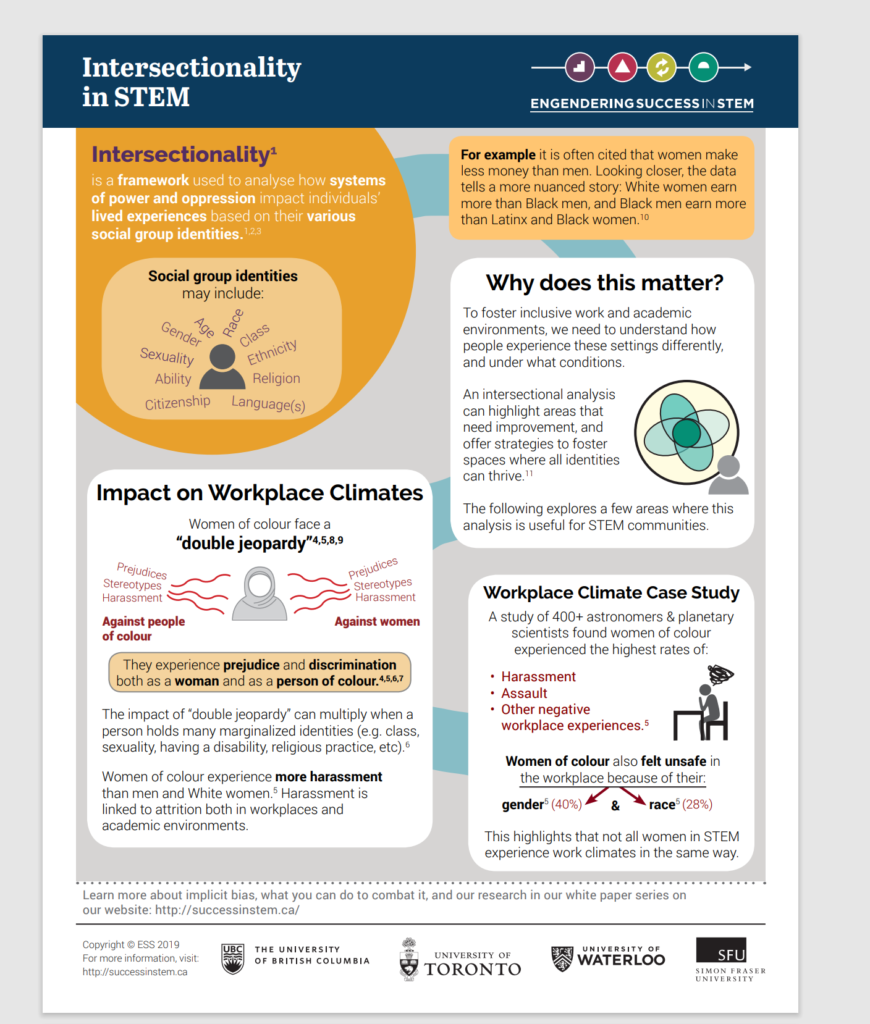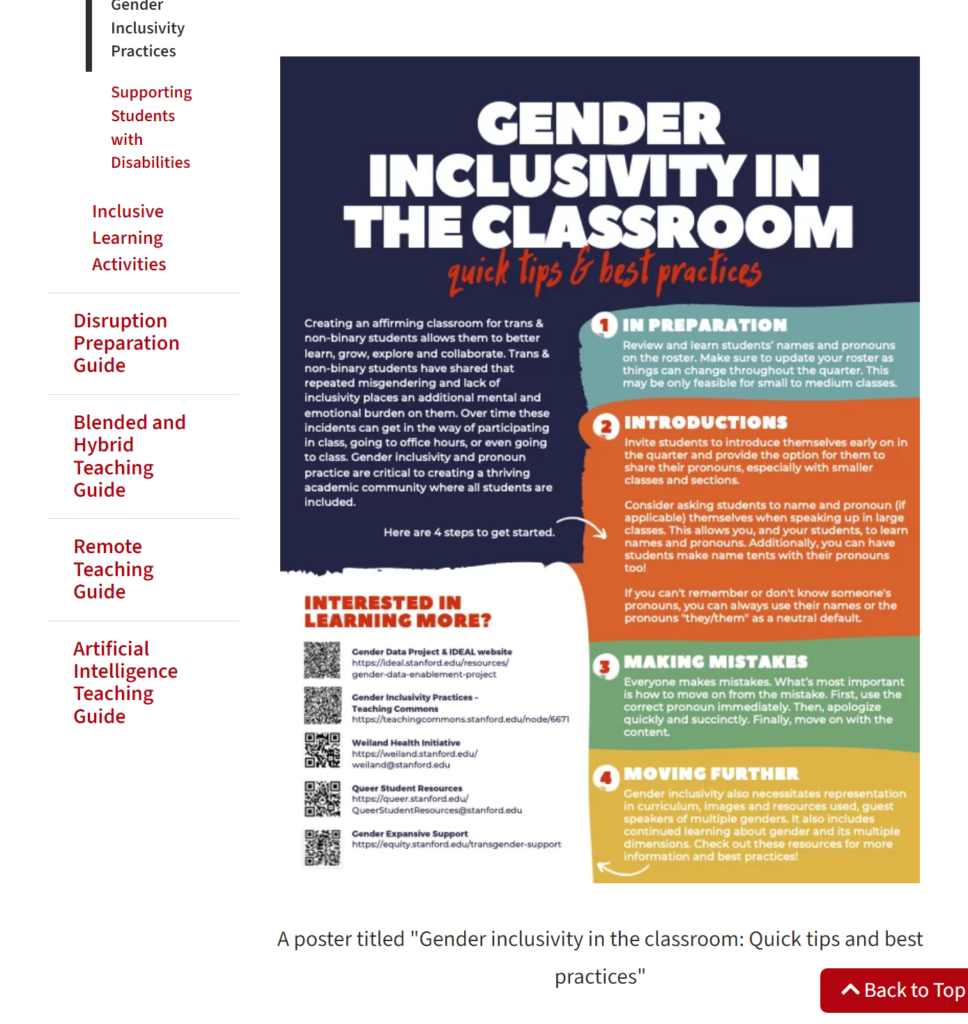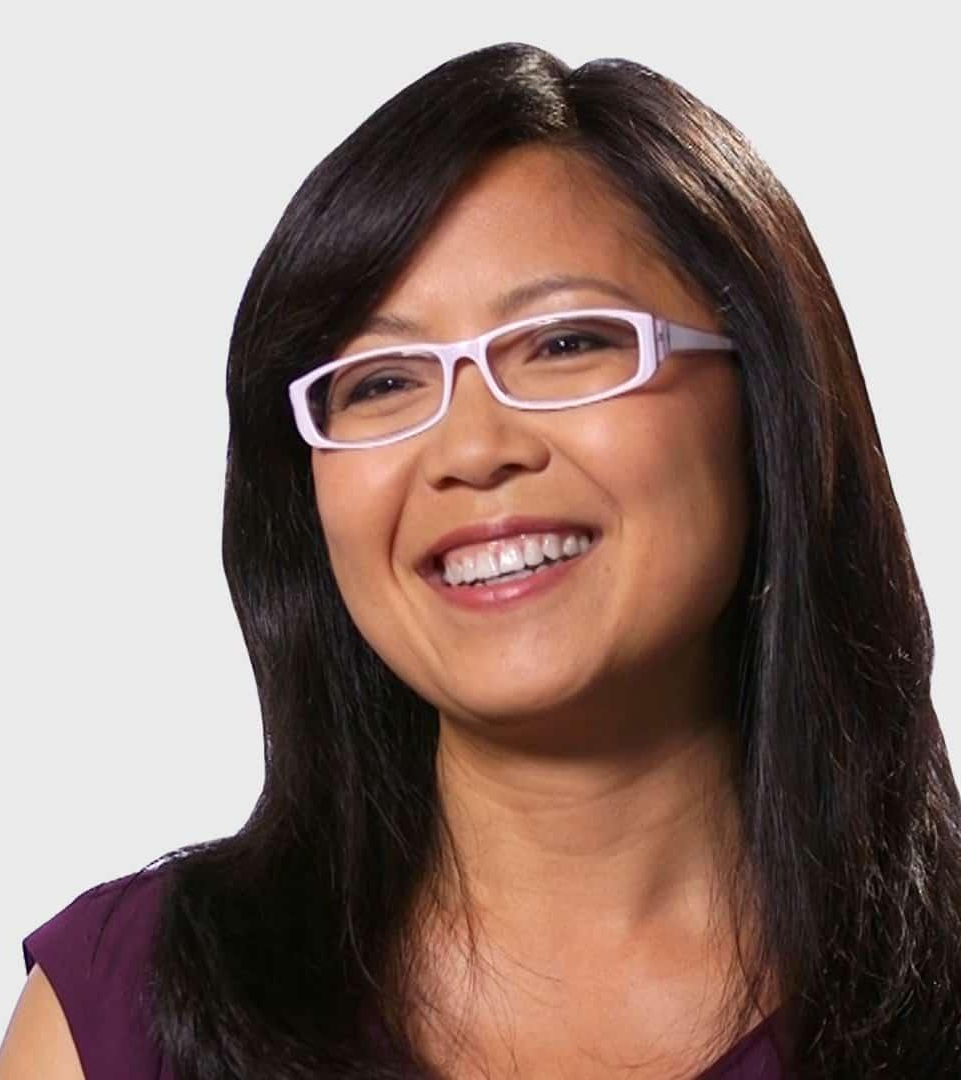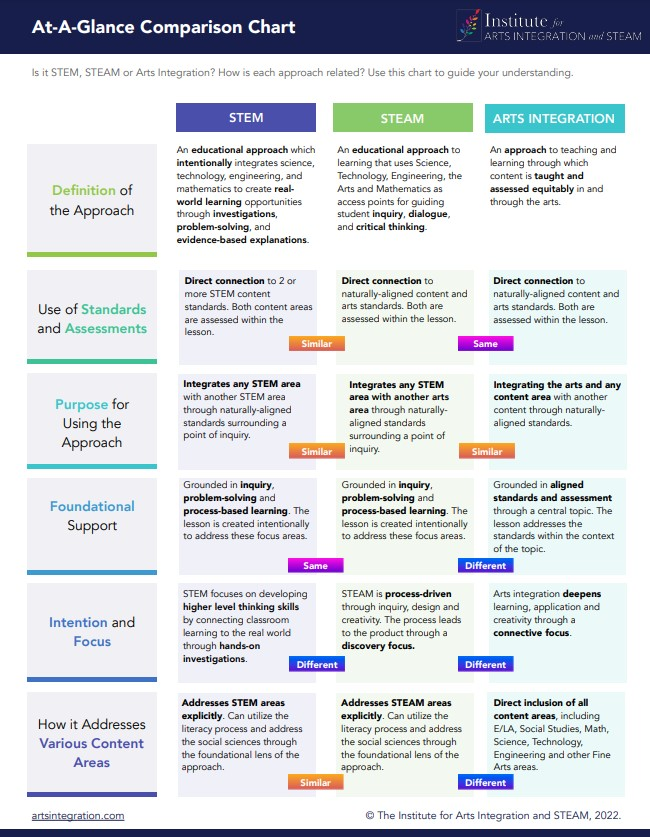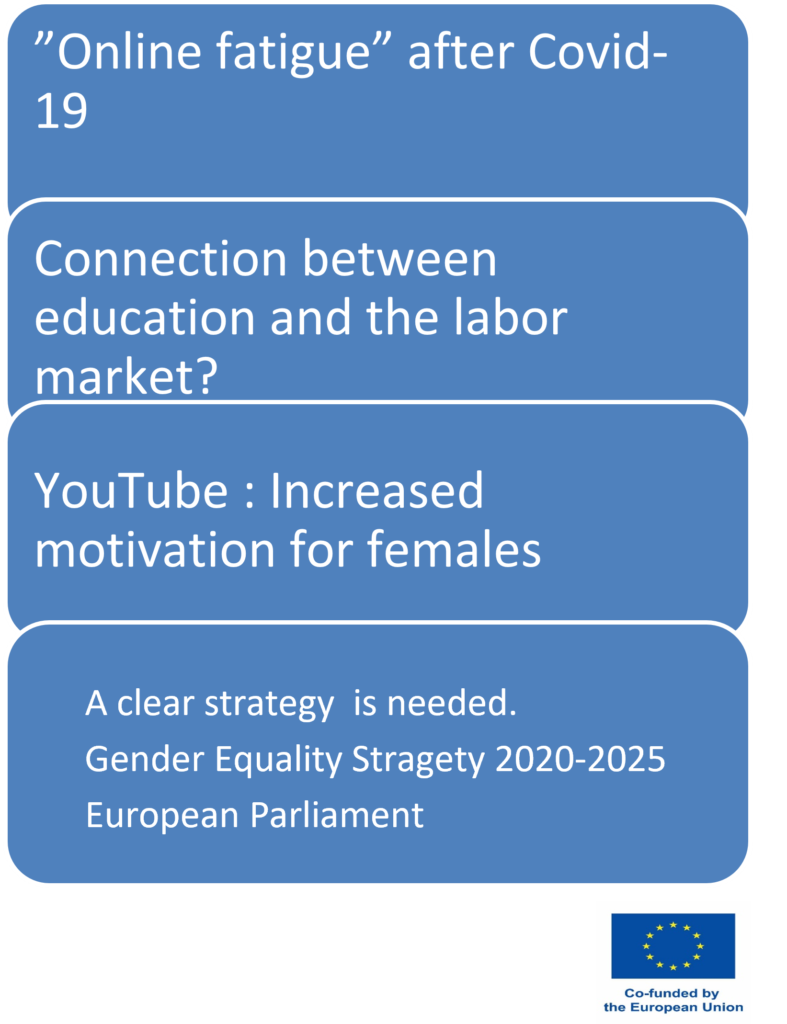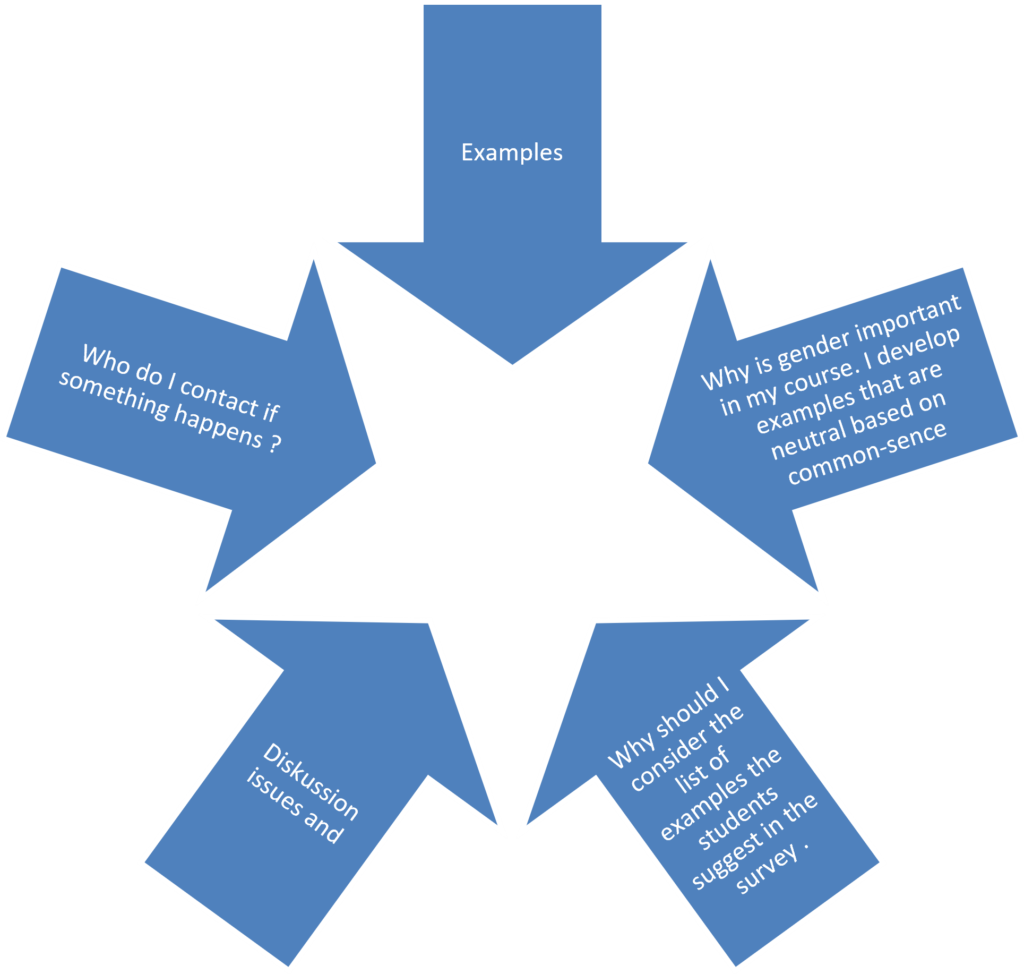As teachers, we are all role models, and how and what we do affects the students whether we are aware of it or not. Gender-inclusive teaching methods are based on the knowledge that gender is significant in learning, knowledge and teaching. Reflecting on your own role and identity in your interactions with students is a central part. Conducting gender-aware teaching involves becoming conscious of how students are perceived, then challenging gender norms and preconceived notions, which can lead to discussions and conversations and also challenge one’s own ideas and unconscious views.
Both fellow staff members and students can be great discussion partners: ask them what subjects they want to talk about, and feel safe doing so — and what you yourself can learn from them and their experiences. We can learn as much from students as they can from us teachers.
A course cannot include everything, and a perfect course does not exist; similarly, it is okay to make mistakes but it is important to learn from them and self-reflect on one’s own biases, privileges, power dynamics, identity and in general your own situatedness.
“Do not hesitate to be the killjoy in the room and call out misbehavior – especially as teachers” (quote from a student at Linköping University spring 2024)
The setup
The course includes 5 modules and some additional material. Each module contains a number of chapters, which can be reached from a link at each chapter heading. It is possible to navigate freely between the different modules and chapters, but it is recommended that you take them in order.
All 5 modules end with questions to help you reflect on your work as a teacher, along with suggestions for how teaching teams can process the material together.
2. Gender balance through language
2.1. List of terms
2.2. Gender balance through language
2.3. Examples of inclusive language
2.4. Perception of gender in education
3. Gender balance: teaching methods into practice
3.1. The room
3.2. Examination and feedback
3.3. Course information
3.4. Course literature
3.5. Group work
3.6. Students’ perceptions of gender
3.7. To avoid master suppression techniques
3.8. Reflection of gender balance teaching methods into practice
4. Development of gender equitable inclusive teaching material
4.1. Introduction and Aim
4.2. Gender bias and teaching examples
4.3. Breaking gender bias
4.4. Stereotypes in STEM areas
4.5. Bias in AI
4.6. How to consider intersectionality when gender is not an obvious component
4.7. Questions to discuss with your colleagues
5. STEM as viable career option
5.1. Outcome of the module
5.2. STEM careers challenges and opportunities
5.3. The significance of role models
5.4. How to reduce gender disparity? Introduction to the concept of ESTEAM
5.5. STEM vs STEAM
5.6. Why is entrepreneurship in the context of STE(A)M important?
5.7. Cultivate a sense of belonging
5.8. Why is mentorship important for female students?
5.9. Tips and tools for mentors
